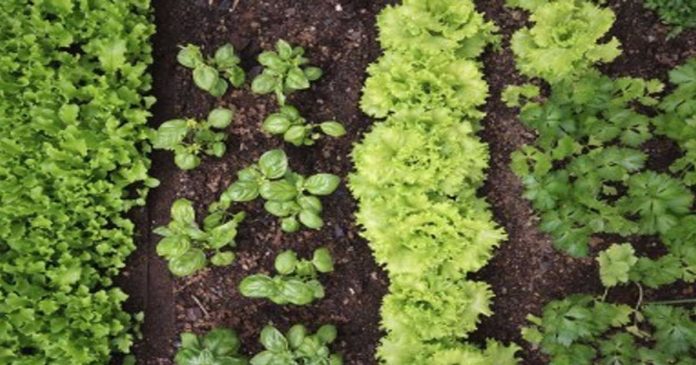From a distance, any garden looks like a peaceful place. Beautiful herbs, vegetables, and fruit grow on the ground, creating a carpet of greenery and filling the yard with sweet smells. But the reality is that relationships between plants are not totally peaceful.
Actually, the reason some plants were not harvested last year might be because you planted them next to something they were not compatible with. Sometimes two plants attract the same fungus or one sucks the nutrients from the other. Other times, a plant becomes too big and gives too much shade to a plant that loves the sun.
Here are three dilemmas you have to keep in mind before starting to plant for the summer. You’ll find here 10 plant combinations that won’t work together.
Fungal breakouts
Some plants should not be together because they are sensitive to the same bacteria and fungi. In this case, Gardening Know How and Urban Farmer argue that corn and tomatoes should never be planted near potatoes, nor should potatoes and peppers be planted. By separating them, you increase the chances that at least one of them will survive a bacterial or fungal epidemic in the garden.
Some plants should not be together because they are sensitive to the same bacteria and fungi. In this case, Gardening Know How and Urban Farmer argue that corn and tomatoes should never be planted near potatoes, nor should potatoes and peppers be planted. By separating them, you increase the chances that at least one of them will survive a bacterial or fungal epidemic in the garden.
1. Corn and tomatoes
2. Tomatoes and potatoes
3. Potatoes and peppers
2. Tomatoes and potatoes
3. Potatoes and peppers
PH Levels
Some plants need a higher pH than others, such as blueberry fields. In addition, plant compounds, such as nitrogen or potassium, can sometimes interfere with the growth of other plants that surround them. The most sensitive plants for this kind of problem are:
Some plants need a higher pH than others, such as blueberry fields. In addition, plant compounds, such as nitrogen or potassium, can sometimes interfere with the growth of other plants that surround them. The most sensitive plants for this kind of problem are:
4. Cucumbers and potatoes
5. Onions and beans
6. Cabbage and lettuce
7. Tomato and cauliflower
8. Kale and strawberries
5. Onions and beans
6. Cabbage and lettuce
7. Tomato and cauliflower
8. Kale and strawberries
Sunlight
Sometimes the problem is as simple as one plant can like the sun while the other can thrive in darker conditions. Sometimes the problem is that a plant grows so big that it blocks the sun that another plant also needs. So this is a really important factor to keep in mind for the partners below, notes Weed ‘Em & Reap:
Sometimes the problem is as simple as one plant can like the sun while the other can thrive in darker conditions. Sometimes the problem is that a plant grows so big that it blocks the sun that another plant also needs. So this is a really important factor to keep in mind for the partners below, notes Weed ‘Em & Reap:
9. Tomato and eggplant
10. Corn and watermelon
10. Corn and watermelon
Expert tip: Tall tomato and corn plants can also block much-needed sunlight from other sun-loving plants such as cucumbers, squash, watermelon, cantaloupe, and peppers.










